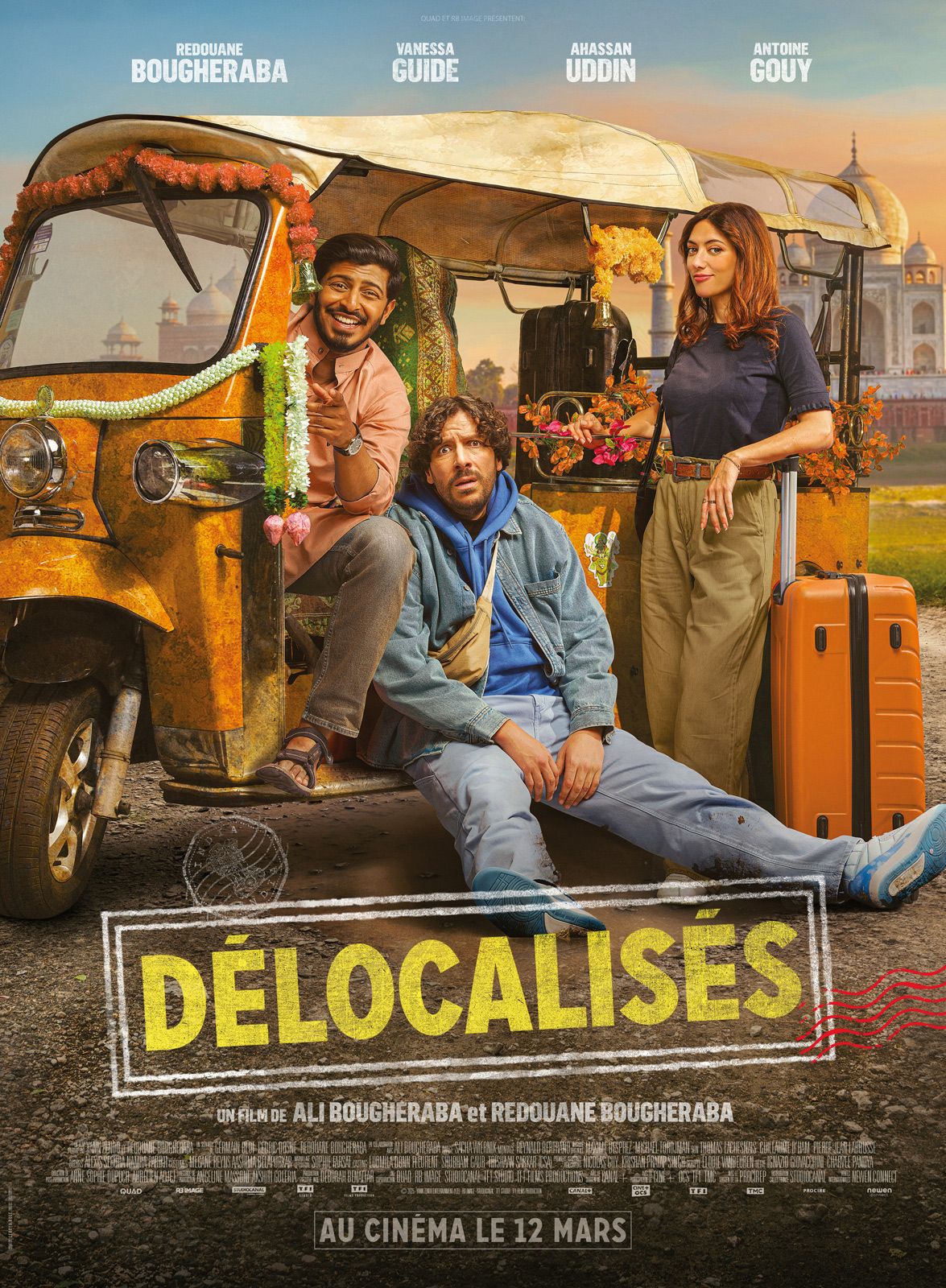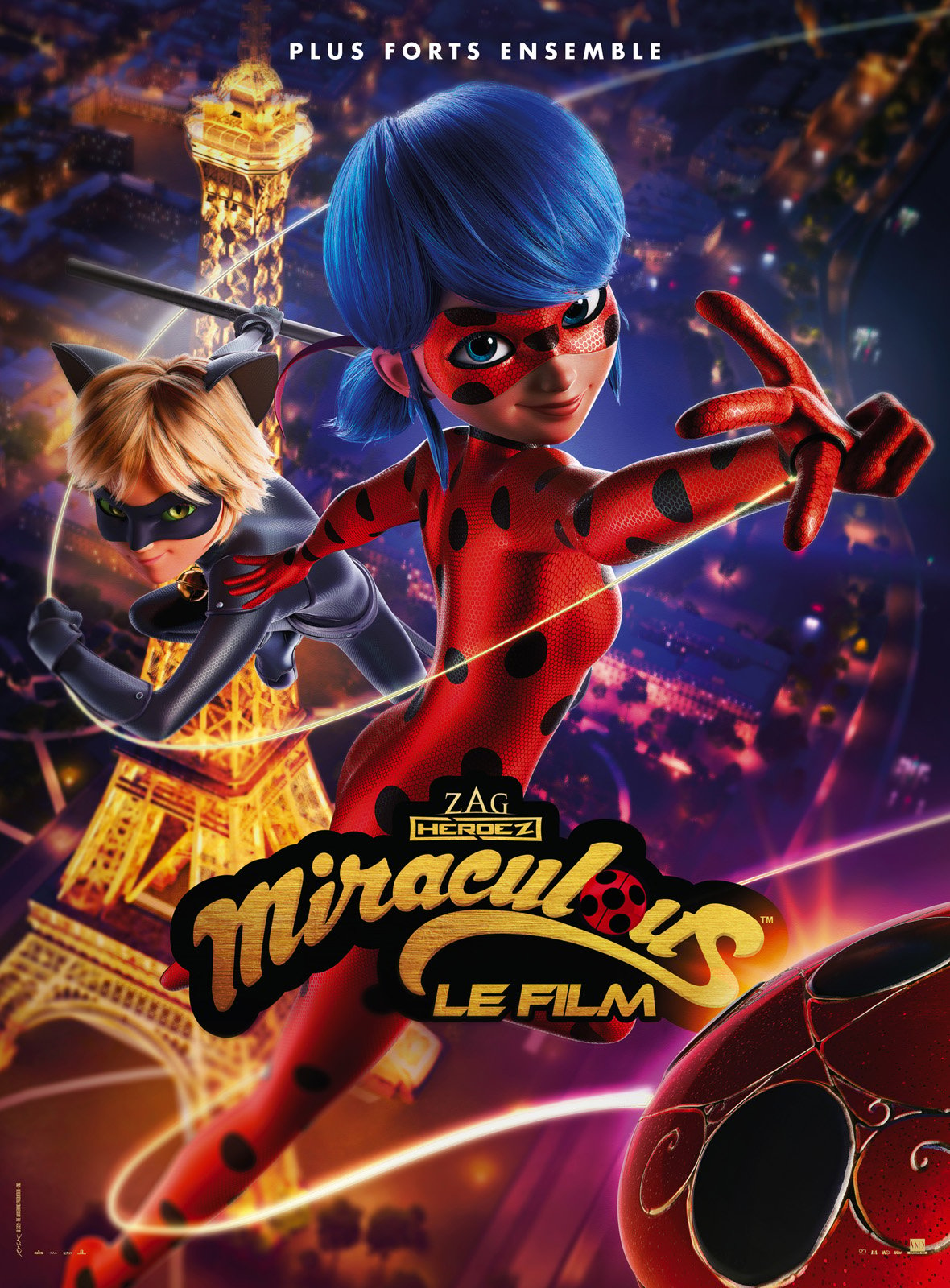When we think about films, it's pretty common to picture someone who truly brings a story to life on the screen. There's a special kind of presence a performer has, you know, that makes you feel connected to what's happening. It’s almost as if they pull you right into the world the film creates, making you forget, just for a little while, about everything else.
Interestingly, the word "film" itself often brings up a slightly different feeling than "movie," doesn't it? While both mean a specific motion picture, "film" can sometimes feel a bit more thoughtful, perhaps a touch more serious, whereas "movie" might sound a bit more casual, more for everyday fun. This subtle difference in how we perceive the words points to the many layers of meaning and experience that cinema offers us, in a way.
So, as we consider the impact of a performer within this wide landscape of moving pictures, it's worth thinking about how their presence, like the conceptual "film Rebel Wilson," fits into the broader conversation about what makes a cinematic piece truly resonate. We’re going to explore some ideas about how films are made and experienced, and how someone on screen plays a part in that, basically.
Table of Contents
- The Performer's Journey in Film
- How Does a Performer Shape a Film?
- The Craft of Film Making - Beyond the Screen
- What Makes a Compelling Film Rebel Wilson Moment?
- Technical Aspects that Bring Film to Life
- How Do Technical Innovations Influence Film Rebel Wilson's Visual Storytelling?
- The Audience's Connection to Film
- What Defines a Memorable Film Rebel Wilson Experience for Viewers?
The Performer's Journey in Film
Thinking about a performer's path in film is, you know, a fascinating topic. It involves so much more than just appearing on screen; it's about the dedication, the learning, and the growth that happens behind the scenes. Every person who steps into a role brings their own unique set of experiences and talents, and this shapes how we connect with the stories they help tell. It's truly about finding a way to convey human feelings and situations, making them believable for those watching.
When we talk about someone like the idea of "film Rebel Wilson," we're considering the broader concept of an actor's contribution to the cinematic world. It’s about how their choices, their expressions, and their entire being on screen help to build the narrative and emotional landscape of a piece. This isn't just about reciting lines; it's about inhabiting a character so fully that the audience feels their joy, their sadness, or their triumphs, really.
It is important to remember that the specific details of any individual performer's personal journey or biographical information are not something we can create or assume here. Our discussion relies solely on the information provided in the source material, which, in this instance, focuses on the general principles of film and its various components, rather than specific biographical facts about individuals. This approach helps us stay true to the constraint of not adding new context, obviously.
How Does a Performer Shape a Film?
A performer’s presence, you know, can truly transform a film. They are the bridge between the written script and the audience's feelings. Consider how a camera captures them; a "camera" can be a still picture taker, a motion picture recorder, or even a video device. But when it's a "film camera," it's focused on catching movement, expression, and the subtle shifts in a person's demeanor. This means the performer's every move, every glance, is recorded, becoming part of the story's visual language, sort of.
The way a performer interprets a role, their choices in how they speak, how they move, and even how they react in silence, all add layers to the story. This is where the art of acting truly shines, as a matter of fact. They don't just act out a scene; they bring a character to life, giving them a pulse and a voice. This ability to embody another person, making them feel real and relatable, is a key element in what makes a film memorable, essentially.
For example, think about how certain films make you feel a deep connection to the people on screen. It’s often because the performers have done such a good job of showing genuine human experiences. This connection is what helps a film stick with you long after you've finished watching it, you know. It’s a powerful thing, this human touch in storytelling.
The Craft of Film Making - Beyond the Screen
Making a film involves so many different parts, far beyond just the people we see acting. It's a vast undertaking, requiring a lot of specialized knowledge and many skilled hands. From the initial idea to the final product displayed on a screen, there are countless steps, each one important for the overall outcome. This whole process is, in a way, a blend of artistic vision and technical precision, really.
The sound component, for instance, plays a huge role. An "Original Sound Track," or OST, is more than just background music; it's a carefully composed collection of sounds and melodies that support the story. It can heighten emotions, build tension, or provide a sense of calm. The way these sounds are recorded onto the film itself, originally through optical methods on the film strip, is a testament to the detailed work involved in every aspect of film creation. It’s amazing how much thought goes into what we hear, honestly.
Consider too the historical journey of film. There was a period, sometimes called the "golden age," where the industry was booming and certain performers shone brightly. But then, later, movements like the left-wing thought and the black liberation movement started to change how people viewed the world, and this, you know, had an impact on the stories being told on screen. Films began to reflect these shifts, showing different perspectives and challenging older ideas. It’s a constant evolution, cinema, as a matter of fact.
What Makes a Compelling Film Rebel Wilson Moment?
When we talk about a "compelling film Rebel Wilson moment," we're really talking about those instances where a performer's actions or expressions on screen truly grab your attention and hold it. It’s about the delivery of a line, a particular look, or a specific movement that just feels right for the character and the story. These moments are often the result of careful thought and practice, making them feel completely natural, basically.
Such moments can come from a variety of places within a film. Sometimes it’s a powerful dramatic scene that leaves you thinking. Other times, it might be a subtle comedic beat that makes you smile. The effectiveness of these moments often comes from the performer's ability to fully inhabit their character, making their reactions and feelings seem truly authentic. This is what helps us connect with the story on a deeper level, you know.
It’s also about how these individual moments fit into the larger narrative. A compelling moment doesn't just stand alone; it contributes to the overall flow and meaning of the film. It builds on what came before and sets up what comes next, weaving itself into the fabric of the story. This is a key part of what makes a film feel complete and satisfying to watch, in a way.
Technical Aspects that Bring Film to Life
The magic of film isn't just in the stories or the people performing; a lot of it comes from the incredible technical work happening behind the scenes. Think about how a picture gets onto your screen, for instance. Modern displays, whether they're LCD or LED, rely on tiny liquid crystal molecules reacting to electrical signals to create the points, lines, and surfaces that form the picture. This whole process is pretty intricate, honestly.
There are also very specific processes in making the actual physical parts of the display or other electronic components. For example, getting a material to fill tiny gaps perfectly between wires, a technique known as "Gap Fill," is super important. And making sure that thin layers of material, or "Thin Film," cover steps or uneven surfaces smoothly, called "Step Coverage," is also vital. Various methods, like Chemical Vapor Deposition (CVD), have been developed just for this purpose. These aren't things you usually think about when watching a film, but they are absolutely essential for the clear, crisp images we expect, you know.
Even the way our devices handle the film's data matters. Inside things like computers or streaming boxes, the central processing unit, or CPU, works hard. These CPUs have a maximum operating temperature, often set quite high, like 80 to 100 degrees Celsius. If they get too hot, it can shorten their lifespan because of something called electron migration. So, maintaining optimal temperatures is important for the technology that delivers the film to us, ensuring a smooth and uninterrupted viewing experience, basically.
How Do Technical Innovations Influence Film Rebel Wilson's Visual Storytelling?
Technical innovations really change how a performer’s story is told visually in a film. Think about how much clearer and more detailed images have become over time. When display technologies improve, every subtle expression, every tiny movement a performer makes, becomes more visible. This means the audience can pick up on more nuances, making the performance feel even more real and impactful, you know.
For example, the advancements in screen technology, like better LCD and LED displays, allow for brighter colors and deeper contrasts. This can make a scene featuring a performer feel more vivid and alive. If a film is meant to be visually stunning, these technical improvements directly contribute to that effect, enhancing the overall experience for the viewer, sort of.
Also, consider how the quality of the "Thin Film" layers in microelectronics or the effectiveness of "Gap Fill" techniques contribute to the reliability and performance of the devices that play films. A clearer, more stable picture means less distraction and a more immersive experience, allowing the audience to focus entirely on the story and the people telling it. These behind-the-scenes technical details, you know, absolutely support the visual storytelling on screen.
The Audience's Connection to Film
The way audiences connect with films is a really interesting thing to consider. It's not just about watching; it's about feeling, discussing, and sometimes even sharing the experience. When a film truly resonates, it can spark conversations and build a sense of community among viewers. This shared experience is, in a way, a big part of what makes cinema so special, honestly.
Platforms that allow people to share and download films, sometimes called "PT stations," often track how much users upload versus download, using a "sharing ratio." This ratio can even determine if someone keeps access to the platform. While this is a technical detail about how content is distributed, it highlights the idea of participation and contribution within a film-loving community. It shows that, for many, engaging with film is an active thing, not just a passive one, you know.
This sense of community and shared enjoyment is often driven by films that touch people deeply. Think about stories that explore themes of time and relationships, like the film "About Time" (时空恋旅人), which has a high audience rating. Or perhaps a heartwarming tale of young love and growing up, like "Flipped" (怦然心动). These kinds of films, because of their emotional impact, tend to encourage discussion and sharing, creating a lasting impression on viewers, basically.
What Defines a Memorable Film Rebel Wilson Experience for Viewers?
A memorable "film Rebel Wilson" experience for viewers, you know, goes beyond just the plot. It's about the feelings the film leaves you with, the ideas it makes you ponder, and how the performer’s presence contributes to all of that. It’s about those moments where you truly connect with a character or a story, making it feel personal, sort of.
Sometimes, what makes a film stick with you is its ability to challenge your thoughts, much like how cinema itself has evolved from the "golden age" to reflect broader societal changes, like the black liberation movement. A performer who embodies a character that makes you think, or even re-evaluate your own perspectives, creates a truly lasting impact. This kind of experience is about more than just entertainment; it's about growth, honestly.
Ultimately, a memorable film experience is often a blend of strong storytelling, compelling performances, and the technical brilliance that brings it all to life. When all these elements come together seamlessly, and a performer manages to convey something truly human, that's when a film becomes more than just a sequence of moving pictures; it becomes a shared memory, a piece of art that resonates deeply with its audience, you know.
- Taylor Ann Hasselhoff
- Ryan Bingham And Hassie Harrison
- William Moseley Movies And Tv Shows
- Pirates Of The Caribbean 4 Movie Cast
- The Warrens


